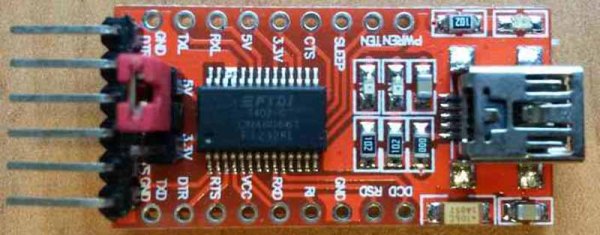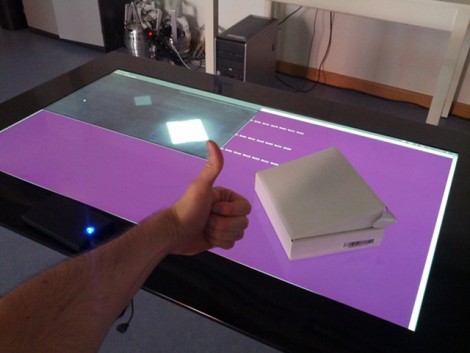Take a guess. What is the featured picture for this article? If you’re channeling your inner Google image recognition, you might say: “Best guess for this image: rock.” But, like Google, you’d be wrong. Instead, what you see are bricks made out of fungi obtained from tissues of mycelia.
By taking fungi obtained from tissues of mycelia and storing them in a jar filled with a growth medium (usually sawdust), MycoWorks is creating all sorts of materials with exciting properties. In just three to seven days, the fungi and sawdust mixture expands and forms into clumps of material, which are then used to create products like handbags, purses, bricks, you name it. According to co-founder Phil Ross, “production of this material is similar to making ravioli from scratch, and the final product is more resilient than concrete.”
The resulting materials are buoyant, self-extinguishing and stress dissipating. Moreover, the bricks are alive up until they are put in a kiln. This means bricks that are placed next to each other will grow together, effectively enabling a structure to be made out of just brick, no mortar. And, while they’re not 3D printed, houses made in this fashion have great potential. If these cool new materials have got you excited, and you want to get cozy with the fungus among us, why not go all out with an automated mushroom cultivator?
Video after the break.


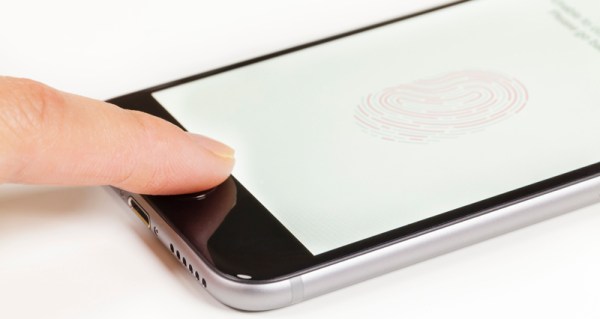
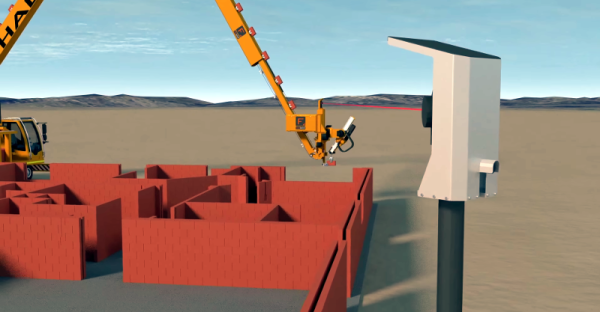
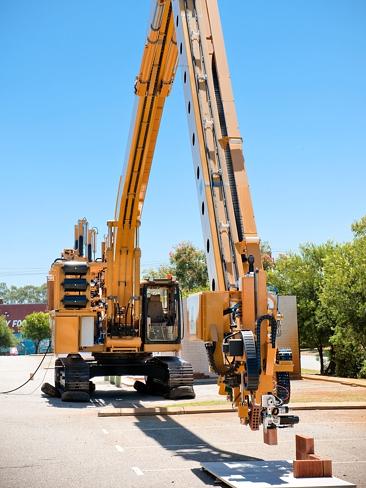 Before you go off your rocker… we’re definitely not calling this real. It’s a proof of concept at best, but that doesn’t prevent us from getting excited. How long have you been waiting for robots that can build entire structures on our behalf? We were excited at the prospect of
Before you go off your rocker… we’re definitely not calling this real. It’s a proof of concept at best, but that doesn’t prevent us from getting excited. How long have you been waiting for robots that can build entire structures on our behalf? We were excited at the prospect of 